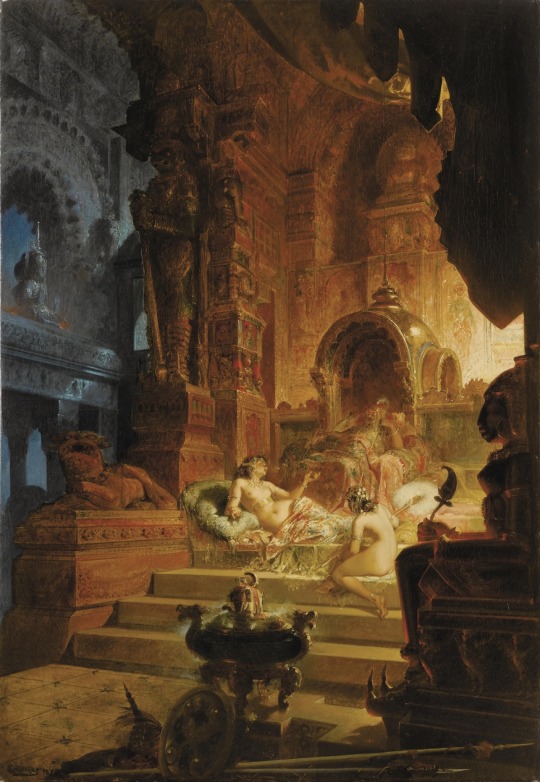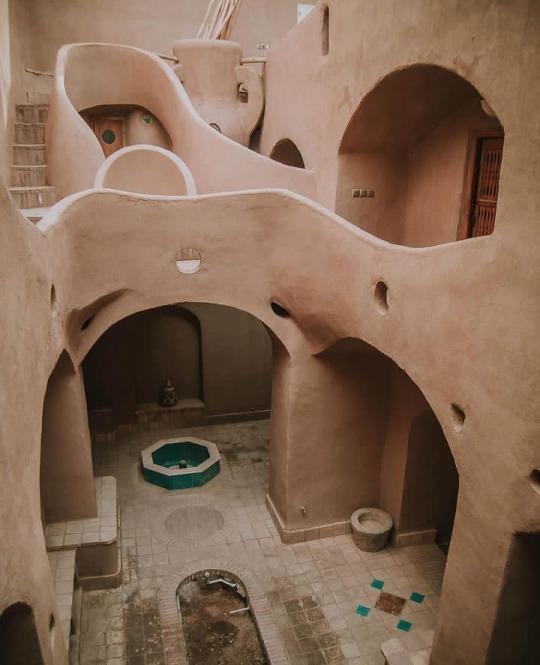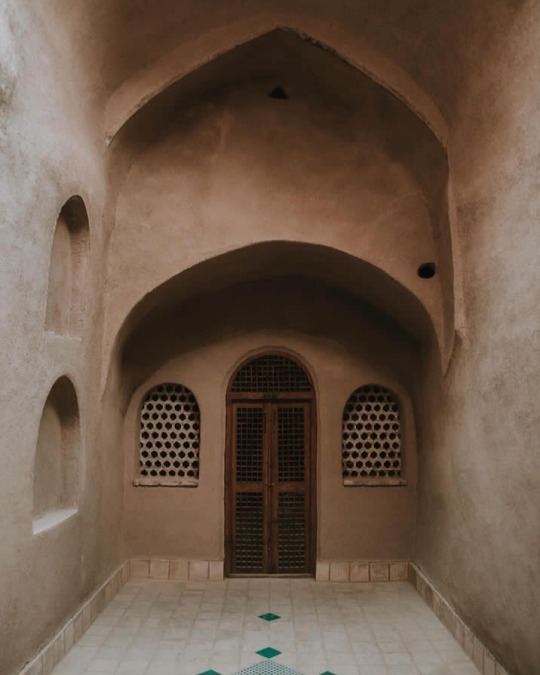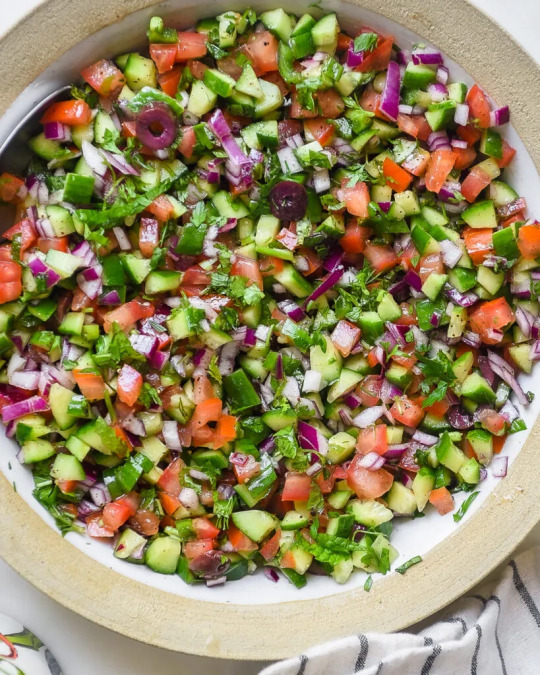#middle persian
Explore tagged Tumblr posts
Text

The Indian system of the nakṣatras (Pahl. xvurdag) with 27 and 28 “asterisms” is similarly attested in Iranian sources. In Ir.Bd II, we find a list of 27 xvurdag; they are generally referred to as the “lunar stations”, with each of them measuring 13° 20'…
With the start of the seventh millennium of the gumēzišn, i.e., the beginning of ‘the period of mixture’ (Ahreman’s assault unto the primordial good creation), the “chiliadic domination” (hazārag xvadāyīh) was given to the Balance (IrBd. V(B).15-17), the sign that represented “the dejection of the dejections” (Pahl. šēbān šēb = Gk. tapeínōma tapeínōmatōn) for the Sun — the astrologically worst place of the Zodiac.
Why? Well, as pictured above, the Balance contains the place of exaltation of Saturn (Kēvān), the most dangerous planetary demon of the heavens, who thus had become the lord of that millennium.
— — —
Notes:
IrBd. = Iranian (Greater) Bundahišn.
Pahl. = Pahlavi (Middle Persian).
Gk. = Greek.
8 notes
·
View notes
Text
I remember that when everything was happening with Noah Schnapp, so many people were saying that ‘he’s a white coloniser!’ ‘he’s clearly European!’ and ‘how are we supposed to think he’s indigenous to the Middle East when he looks like that?!’ They were screaming so much about he couldn’t possibly be from the swana region due to being pale, despite the fact that… wait for it…
Noah Schnapp is a Moroccan Jew.
The exact the same thing happened with Jerry Seinfeld too, despite him being a Syrian Jew.
But what this tells me is that so many American and European leftists fundamentally do not understand what North Africans and Southwest Asians look like. They do not understand that many Middle Eastern groups are pale, many Middle Eastern groups share features with Europeans— I mean, the Middle East literally borders Europe, did you not expect us to have similarities? This stretches back to the ancient world too. We know that in Yehuda there were gingers, as shown by King David*. Iirc, studies on Rameses the second’s remains show that he most likely had an olive tanned complexion and reddish-blondish hair, similar to a European Mediterranean look— which makes total sense seeing as Egypt is literally a Mediterranean country as well
It’s not just Jews. Persians, Kurds, Assyrians, Copts, Amazigh, Arabs from the Arabian Peninsula**, all of these ethnic groups are incredibly diverse in their features, even without any significant genetic influence from other areas. You cannot just project American and European black and white concepts of race onto the Middle East and act as if that is reality. The world is not split into pale people in the north, brown people in the middle, and black people in the south, and if you genuinely believe that then you really need to look at some pictures of the groups that you’re claiming to be the defender of. Please. I’m so tired of this bullshit lol
*I know that the historical evidence for David is shaky at best and we’re not sure if he was real or not (I personally believe it’s a King Arthur sort of situation where there was a real person here that got turned into legend), what I’m trying to say is that if the Ivrim could have a figure like this who was ginger, then the Ivrim clearly had gingers. Nobody come for me please
**not adding other Arabs because there tends to be genetic mixes with other groups, and my point is about how even without distinct genetic markers from each other, middle easterners groups can turn out with a super intense variation in appearance, especially skin tone
#like it’s funny to me when I see Ashkenazim say that they’re pale because that’s the European genetic mixing or whatever#cause like there’s plenty of people on my Iranian Jew side of the family that are pale as shit#my mum’s cousin is half of our Iranian Jewish subculture and half Persian Jewish and she’s light as well#that doesn’t mean they have that much European dna it just means that the Middle East is much more to the north than people expect lol#antisemitism#leftist antisemitism#I could tag this as racism or stuff but I think that would attract Hamasnikim lol#also I think a lot of this twisting into a pretzel on what people in North Africa and Southwest Asia look like#comes from trying to ‘prove’ that Jews aren’t Middle Eastern because apparently we’ve overfilled the maximum ‘swana pale quota’ for them
2K notes
·
View notes
Text



Mollayaghoub Synagogue/ Isfahan/ Iran
Photography: Saeed amini
#iran#middle east#persian#iranian#persia#farsi#art#culture#architecture#Jewish#Synagogue#iranian Jewish#hebrew
2K notes
·
View notes
Text
An absolute classic video that made me fall in love with this iranian muscle hunk many years ago. From start to finish, everything is VOYEURISTIC MUSCLE WORSHIP PERFECTION:
peeling off the shirt
the grunting in the background in the beginning
the slutty skimpy poser slowly drooping down throughout like it's gonna fall off *DROOL*
front double bi
cocky lat spread
side chest + side tri with the stank face
back lat spread
back double bi
abs and thighs
most muscular
Casual walk towards the camera
#Sajad Niknam#Iranian muscle#Iranian beef#Middle Eastern muscle#Middle Eastern beef#Persian muscle#Persian beef#muscle worship#muscle god#muscle beast#muscle flex#muscle power#roided muscle#roided beast#cocky muscle#gym muscle#bodybuilder
335 notes
·
View notes
Text

Scheherazade and the Sultan by Alfred Choubrac
#alfred choubrac#scheherazade#sultan#art#oriental#one thousand and one nights#arabian nights#middle east#middle eastern#persia#persian#palace#architecture#tales#storyteller#king#queen#1001 nights#folk tales#beautiful#beauty#women#woman#beauties
612 notes
·
View notes
Text


sketches with persian lovers based on one of my favorite poems

#art#sketches#illustration#illuminated manuscript#persian manuscript#persian poetry#russian literature#lovers#medieval art#queer historical romance#ancient persia#Middle Ages#persian miniature
160 notes
·
View notes
Text
There are also variations in the location from which Arash shot his arrow. It is Airyo khshaotha, an unknown place in the Middle Climate, as mentioned in the Avesta, which does not include any references to locations in Western Iran. According to sources from the Islamic era, the scene is usually located somewhere south of the Caspian Sea, either in Tabaristan (Tabari, Talebi, Maqdesi, Ibn al-Athir, Marashi) or in other parts of the region, such as al-Biruni, Gardīzī, Amol fortress, Mount Damavand (Balami), or Sari (Gorgani). The location where the arrow landed has been variously identified as follows: Bactria/Tokharistan (Maqdesi, Gardizi); the banks of the Oxus River (Balami); east of Balkh (Talebi); 'Mount Khvanavant' in the Avesta (likewise an unknown location); or Merv (Mojmal). Al-Biruni claims that it struck a walnut tree "in the furthest place" between "Fargana" and "Tabaristan's [Greater] Khorasan's reaches."
I also just want to mention briefly while doing research for this post the first few images that come up are from Fate Prototype which is kind of funny so here's some of that:







And I'd also personally recommend the video I've linked below by Five Minute Folklore if this post was a bit complicated to understand as they do a much better job at quickly summarizing then I do in this post.
youtube
Āraš

In Iranian mythology, Arash the Archer (Persian: آرش کمانگ\ر Āraš-e Kamāngīr) is a brave archer-figure.
Persecuted folklore holds that Arash sacrificed his own life to launch an arrow that marked the border between Iran and Turan. After traveling for several days, the arrow eventually touched down on the bark of a walnut tree on the opposite side of the Oxus, hundreds of miles from its initial launch site atop a mountain.
While some sources (like al-Biruni) seem to believe that 'Arash' is the source of the name 'Arshak' (i.e. Arsaces), the Parthian dynasty name comes from an Eastern Iranian or Parthian version of 'Ardashir,' that is, 'Artaxerxes,' specifically Artaxerxes II, who the Arsacids claimed descent from. (In the context of the mythologically mixed lineages of Iranian dynasties, the Arsacids asserted that they descended from Kai Kobad through the other Arash.)
Like most names derived from oral tradition, 'Arash' has multiple variants. 'Erekhsha' (̎rəxša) means "of the swift arrow, having the swiftest arrow among the Iranians" in the Avesta (Yašt 8.6). This Avestan-language form is preserved as 'Erash' (Bundahishn, Shahrastanha-I Eran, Zand-i Vahuman Yasht, Mah i Frawardin) in Zoroastrian Middle Persian, from which 'Eruch' is anglicized. 'Erash' and 'Irash' in al-Tabari and ibn al-Atir; Aarashshebatir in al-Tabari; 'Arash' in al-Talebi; 'Aarash' in Maqdesi, Balami, Mojmal, Marasi, al-Biruni, and in the Vis o Ramin of Gorgani are among the innovative Persian forms. Some examples of names with a stock epithet referring to the Avestan "swift arrow" are 'Arash-e Shewatir' by Mojmal and 'Aarashshebatir' by al-Tabari. "Arash/Aarash kaman-gir" is a form of surname that means "Arash, bow-expert."
The bowman's basic tale goes like this: the Turanian general Afrasiab has surrounded the forces of the righteous Manuchehr in a war between the Iranians and Turanians over the "royal glory" (khwarrah), and the two sides decide to make peace. Both come to an understanding the Manuchehr and the Iranians will reclaim any land that is within bow-shot range, while Afrasiab and the Aniranians will inherit the remaining land. An angel (called Spendarmad in Middle Persian, Isfandaramad in al-Biruni, or the Amesha Spenta Spenta Armaiti) gives Manuchehr instructions to make a unique bow and arrow, and asks Arash to be the archer. At dawn, Arash then unleashes the specially-tuned arrow, which travels a considerable distance.
Arash is destroyed by the shot in Talebi and Bal'ami and vanishes. He is elevated by the populace in al-Tabari, given command of the archers, and leads a life of great honor. The arrow travels different distances: a thousand leagues (farsakhs) in one, and forty days' walk in another. The arrow went from dawn until noon in some, and from dawn until dusk in others. A few sources give the event's specific date. The 6th day of the first month, or Khordad of Frawardin, is mentioned in the Middle Persian Mah i Frawardin; later sources link the event to Tiregan's name-day celebrations (the 13th of Tir), "presumably" sparked by the homonymy with the Yazata Tir or tir "arrow." (Tafażżolī 1987, p. 266)
#druidicentropy#Middle Persian#Arash#Persian#Balami#Talebi#Iranian mythology#brave archer-figure#Iran#Turan#Oxus#al-Biruni#Eastern Iranian#Parthian#Artaxerxes II#Arsacids#Kai Kobad#Avestan#Zoroastrian Middle Persian#al-Tabari#Maqdesi#Mojmal#Marasi#Gorgani#Turanian#Afrasiab#manuchehr#Turanians#Aniranians#Amesha Spenta Spenta Armaiti
6 notes
·
View notes
Photo

Persian Blue Interiors
843 notes
·
View notes
Text

73 notes
·
View notes
Text

Vank Cathedral in Isfahan, Iran • visited in 2022 reblog is okay, don’t repost/use
#my photos#iran#isfahan#vank cathedral#cathedral#church#apostolic#carvings#ornament#persian#iranian#armenia#biblical art#holy#travel diary#middle eastern#old architecture#architecture photography#architecture#interior#religious imagery#religious architecture
116 notes
·
View notes
Text

Incident in a Mosque/Divan of Hafiz.
Persian. Safavid Period. 1530.
Gifted to the Harvard University Art Museums.
#art#culture#history#middle eastern history#persia#persian#safavid#iran#iranian art#early modern history#early modern period#harvard#harvard university#literature
156 notes
·
View notes
Text
دست از طلب ندارم تا کام من برآید یا تن رسد به جانان یا جان ز تن درآید
I will not cease my pursuit until my wish is fulfilled, Either my body reaches my beloved, or my soul leaves the body.
Saadi Shirazi
#Saadi Shirazi#persian literature#persian poetry#poetry#middle east#iran#love#Persian Poetry#Persian Literature#Rumi#Saadi#Iranian Poets#Sufi Poetry#Persian Quotes#Mystical Poetry#Rumi Aesthetics#Persian Wisdom#Words#Literature#Love Quotes#Poetry Community#Poetry Lovers#Prose#Literary Aesthetic#Words of Wisdom#Thoughts#Life Lessons#Self Reflection#Deep Thoughts#Beauty of Life
86 notes
·
View notes
Text








Jerry Habibi in D MAGAZINE
"The Hardest Working Man in Show Biz" by Matt Zoller Seitz
#jerry habibi#the persian version#swanasource#persian#big nose#jock#cute men#iranian#jawline#male beauty#magazine#d magazine#texas#dallas#actor#art#swana#mena#middle eastern#netflix
103 notes
·
View notes
Text



Akhavan House/ Kashan/ Iran
Photography: abolfazl sadr
#iran#persian#iranian#middle east#persia#travel#farsi#art#culture#architecture#kashan#persian architecture#persian art#traditional house#historical
3K notes
·
View notes
Text


Persian Shirazi Salad (Vegan)
#vegan#appetizer#Persian cuisine#middle eastern cuisine#west asian cuisine#salad#dill#tomatoes#cucumber#red onion#bell peppers#mint#parsley#cilantro#sumac#lemon#olive oil#black pepper#sea salt#eat the rainbow
155 notes
·
View notes
Text

~ Rudaba letting down her hair ~
-
Primarily based on an illustrated manuscript from Safavid Iran (museum didn’t specify a date smh just its era) The rim of the tower came from a different manuscript that is older than the Safavid period but I digress. I started with that trim and switched the year last minute
#persian art#mythology#fantasy#rapunzel#middle ages#(not rapunzel nor the Middle Ages lmao but the audience reach is there)#misc art tag
99 notes
·
View notes